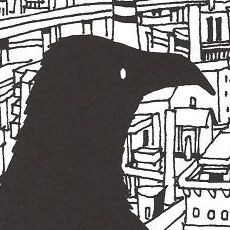Tag: Claymore
-
This anime fan forever looks back on 2007
/
Read More →: This anime fan forever looks back on 2007Jesus, it’s the end of another year. I’ve had fun in 2007; being a part of the anime blogging community and writing for you, dear reader. I’m not sure I’d last long if it wasn’t for your comments, but here we are, almost two years on and still talking, ranting, in love with anime. Back…
-
Demonic rumbles as claymores get squished in episode 21
/
/ ReviewsRead More →: Demonic rumbles as claymores get squished in episode 21I’m really digging Claymore at the moment and each episode is ending on the kind of gut-wrenching cliff hanger that so tempts me to gorge on manga spoilers. Episode 21 is no different; Ligardes is one of the coolest awakened beings yet — his intimidating part-lion transformation perfectly emphasizes his quite unfathomable strength and speed;…
-
Claymore – Searching for humanity in a violent world
/
/ ReviewsRead More →: Claymore – Searching for humanity in a violent worldI’m really enjoying watching Claymore at the moment (as of episode 4), yet oddly, I’m finding it hard to pin down exactly what I like about it. It’s probably the setting; I just really like the European medieval period — a time when any person; strong in arm and sword in hand, could conquer and…
